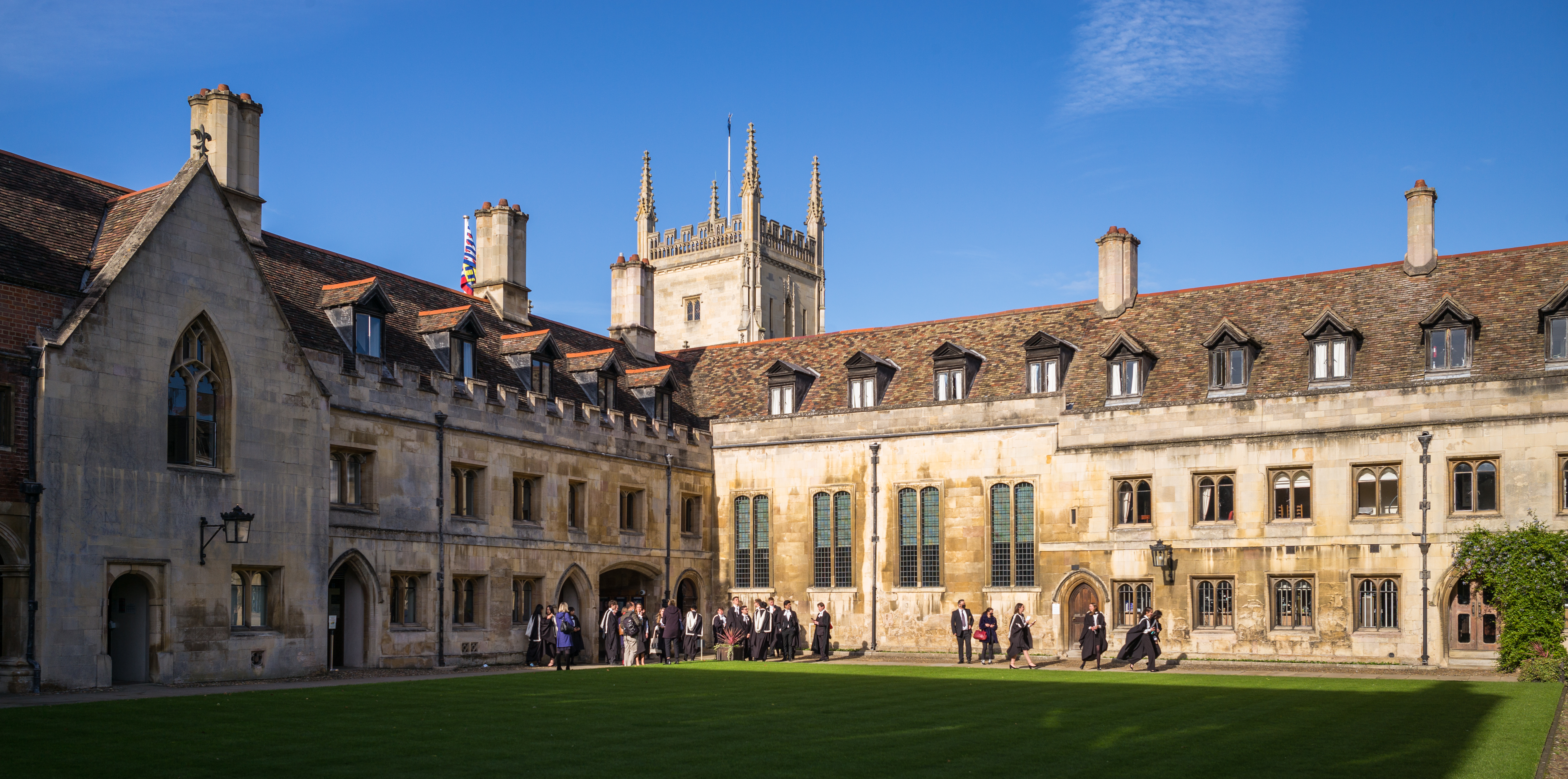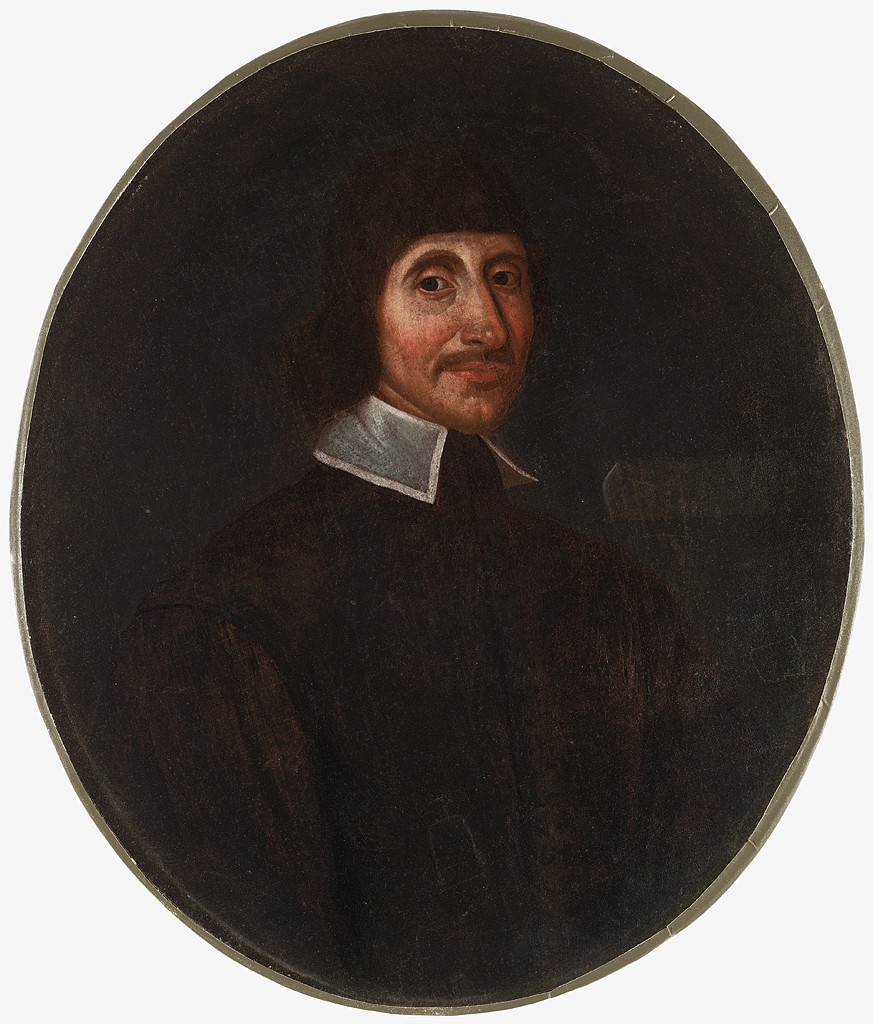|
William Dyer (settler)
William Dyer (also Dyre; 1609 – by 1677) was an early settler of the Colony of Rhode Island and Providence Plantations, a founding settler of both Portsmouth and Newport, and Rhode Island's first Attorney General. He is best known for being the husband of the Quaker martyr, Mary Dyer, who was executed for her Quaker activism. Sailing from England as a young man with his wife, Dyer first settled in Boston in the Massachusetts Bay Colony, but like many members of the Boston church became a supporter of the dissident ministers John Wheelwright and Anne Hutchinson during the Antinomian Controversy, and signed a petition in support of Wheelwright. For doing this, he was disenfranchised and disarmed, and with many other supporters of Hutchinson, he signed the Portsmouth Compact, and settled on Aquidneck Island in the Narragansett Bay. Within a year of arriving there, he and others followed William Coddington to the south end of the island where they established the town of New ... [...More Info...] [...Related Items...] OR: [Wikipedia] [Google] [Baidu] |
Attorney General Of Rhode Island
The Attorney General of Rhode Island is the chief legal advisor of the Government of the State of Rhode Island and oversees the State of Rhode Island Department of Law. The attorney general is elected every four years. The current Attorney General is Peter F. Neronha. History of the Rhode Island attorneys general In 1643, Roger Williams obtained a patent (charter) from the English Parliament. The towns of Providence and Warwick elected a Chief Officer under the authority of this Parliamentary Patent of 1643. In 1647, the towns of Newport, Portsmouth, Providence, and Warwick formed a united colony under the Parliamentary Patent. In May 1650, the offices of "Attorney General for the Colonie" and "Solicitor" were created. List of attorneys general of Rhode Island Attorney General under the Patent of 1643 * William Dyer: May 1650 – 1651 Solicitor under the Patent of 1643 *Hugh Built: May 1650 – 1651 Attorney General after the Coddington Commission *John Easton, of Ne ... [...More Info...] [...Related Items...] OR: [Wikipedia] [Google] [Baidu] |
William Coddington
William Coddington (c. 1601 – 1 November 1678) was an early magistrate of the Massachusetts Bay Colony and later of the Colony of Rhode Island and Providence Plantations. He served as the judge of Portsmouth and Newport, governor of Portsmouth and Newport, deputy governor of the four-town colony, and then governor of the entire colony. Coddington was born and raised in Lincolnshire, England. He accompanied the Winthrop Fleet on its voyage to New England in 1630, becoming an early leader in Boston. There he built the first brick house and became heavily involved in the local government as an assistant magistrate, treasurer, and deputy. Coddington was a member of the Boston church under the Reverend John Cotton, and was caught up in the events of the Antinomian Controversy from 1636 to 1638. The Reverend John Wheelwright and dissident minister Anne Hutchinson were banished from the Massachusetts colony, and many of their supporters were also compelled to leave. Coddington was not ... [...More Info...] [...Related Items...] OR: [Wikipedia] [Google] [Baidu] |
Jamestown, Rhode Island
Jamestown is a town in Newport County, Rhode Island in the United States. The population was 5,559 at the 2020 census. Jamestown is situated almost entirely on Conanicut Island, the second largest island in Narragansett Bay. It also includes the uninhabited Dutch Island and Gould Island. Geography According to the United States Census Bureau, the town has an area of , of which is land and is water. The total area is 72.55% water. Rhode Island Route 138 is the only state highway in Jamestown, connecting the town and island to North Kingstown to the west (over the Jamestown Verrazzano Bridge) and Newport to the east (over the Claiborne Pell Newport Bridge). History In 1524, Italian navigator Giovanni da Verrazzano and his crew visited Narragansett Bay. Dutch Island was used by fur traders , and English colonists in 1638 made arrangements with the native Americans to use Conanicut Island for grazing sheep. Ferries were in operation between Conanicut Island and Newport by 1 ... [...More Info...] [...Related Items...] OR: [Wikipedia] [Google] [Baidu] |
Conanicut
Conanicut Island is the second-largest island in Narragansett Bay in the American state of Rhode Island. It is connected on the east to Newport on Aquidneck Island via the Claiborne Pell Bridge, commonly known as the Newport Bridge, and on the west to North Kingstown on the mainland via the Jamestown-Verrazano Bridge. The town of Jamestown comprises the entire island. The U.S. Census Bureau reported a land area of and a population of 5,622 in 2000. History Conanicut Island was a seasonal home to many American Indians. The largest Indian cemetery in New England is located on the island, and artifacts have been recovered from a site near the elementary school. The island is named for Chief Canonicus of the Narragansett tribe who maintained his royal residence on the island. In 1636 or 1637, Dutch fur traders paid to use the island of Quentenis as a base for their activities. This island is located just west of Conanicut; it is now known as Dutch Island and is part of James ... [...More Info...] [...Related Items...] OR: [Wikipedia] [Google] [Baidu] |
Aquidneck
Aquidneck Island, also known as Rhode Island, is an island in Narragansett Bay in the state of Rhode Island. The total land area is , which makes it the largest island in the bay. The 2020 United States Census reported its population as 60,109. The state of Rhode Island is named after the island; the United States Board on Geographic Names recognizes Rhode Island as the name for the island, although it is widely referred to as Aquidneck Island in the state and by the island's residents. Aquidneck Island is home to three towns, from north to south: Portsmouth, Middletown, and Newport. Etymology "Aquidneck" is derived from the Narragansett name for the island ''aquidnet''. Roger Williams was an authority on the Narragansett language, but he stated that he never learned the word's meaning. It is unclear how it came to be known as Rhode Island, but the earliest known use of the name was in 1637 by Roger Williams, and it was officially applied to the island in 1644: "Aquethneck sha ... [...More Info...] [...Related Items...] OR: [Wikipedia] [Google] [Baidu] |
London
London is the capital and largest city of England and the United Kingdom, with a population of just under 9 million. It stands on the River Thames in south-east England at the head of a estuary down to the North Sea, and has been a major settlement for two millennia. The City of London, its ancient core and financial centre, was founded by the Romans as '' Londinium'' and retains its medieval boundaries.See also: Independent city § National capitals The City of Westminster, to the west of the City of London, has for centuries hosted the national government and parliament. Since the 19th century, the name "London" has also referred to the metropolis around this core, historically split between the counties of Middlesex, Essex, Surrey, Kent, and Hertfordshire, which largely comprises Greater London, governed by the Greater London Authority.The Greater London Authority consists of the Mayor of London and the London Assembly. The London Mayor is distinguished fr ... [...More Info...] [...Related Items...] OR: [Wikipedia] [Google] [Baidu] |
Portsmouth Compact Document
Portsmouth ( ) is a port and city in the ceremonial county of Hampshire in southern England. The city of Portsmouth has been a unitary authority since 1 April 1997 and is administered by Portsmouth City Council. Portsmouth is the most densely populated city in the United Kingdom, with a population last recorded at 208,100. Portsmouth is located south-west of London and south-east of Southampton. Portsmouth is mostly located on Portsea Island; the only English city not on the mainland of Great Britain. Portsea Island has the third highest population in the British Isles after the islands of Great Britain and Ireland. Portsmouth also forms part of the regional South Hampshire conurbation, which includes the city of Southampton and the boroughs of Eastleigh, Fareham, Gosport, Havant and Waterlooville. Portsmouth is one of the world's best known ports, its history can be traced to Roman times and has been a significant Royal Navy dockyard and base for centuries. Portsmouth ... [...More Info...] [...Related Items...] OR: [Wikipedia] [Google] [Baidu] |
Portsmouth, Rhode Island
Portsmouth is a town in Newport County, Rhode Island, United States. The population was 17,871 at the 2020 U.S. census. Portsmouth is the second-oldest municipality in Rhode Island, after Providence; it was one of the four colonies which merged to form the Colony of Rhode Island and Providence Plantations, the others being Providence, Newport, and Warwick. Geography According to the United States Census Bureau, the town has a total area of , of which (39.14%) is land and (60.86%) is water. Most of its land area lies on Aquidneck Island, which it shares with Middletown and Newport. In addition, Portsmouth encompasses some smaller islands, including Prudence Island, Patience Island, Hope Island and Hog Island. Part of the census-designated place of Melville lies within the town boundaries. History Portsmouth was settled in 1638 by a group of religious dissenters from Massachusetts Bay Colony, including Dr. John Clarke, William Coddington and Anne Hutchinson. It is named ... [...More Info...] [...Related Items...] OR: [Wikipedia] [Google] [Baidu] |
Roger Williams (theologian)
Roger Williams (21 September 1603between 27 January and 15 March 1683) was an English-born New England Puritan minister, theologian, and author who founded Providence Plantations, which became the Colony of Rhode Island and Providence Plantations and later the U.S. State of Rhode Island and Providence Plantations, now the State of Rhode Island. He was a staunch advocate for religious freedom, separation of church and state, and fair dealings with Native Americans. Williams was expelled by the Puritan leaders from the Massachusetts Bay Colony and established Providence Plantations in 1636 as a refuge offering what he termed "liberty of conscience". In 1638, he founded the First Baptist Church in America, in Providence. Williams studied the indigenous languages of New England and published the first book-length study of a native North American language in English. Early life Roger Williams was born in or near London between 1602 and 1606, with many historians citing 1603 as the pr ... [...More Info...] [...Related Items...] OR: [Wikipedia] [Google] [Baidu] |
New Netherland
New Netherland ( nl, Nieuw Nederland; la, Novum Belgium or ) was a 17th-century colonial province of the Dutch Republic that was located on the East Coast of the United States, east coast of what is now the United States. The claimed territories extended from the Delmarva Peninsula to southwestern Cape Cod, while the more limited settled areas are now part of the U.S. states of New York (state), New York, New Jersey, Delaware, Massachusetts and Connecticut, with small outposts in Pennsylvania and Rhode Island. The colony was conceived by the Dutch West India Company (WIC) in 1621 to capitalize on the North American fur trade. The colonization was slowed at first because of policy mismanagement by the WIC, and conflicts with Native Americans in the United States, Native Americans. The settlement of New Sweden by the Swedish South Company encroached on its southern flank, while its eastern border was redrawn to accommodate an expanding New England Confederation. The colony exp ... [...More Info...] [...Related Items...] OR: [Wikipedia] [Google] [Baidu] |
John Winthrop
John Winthrop (January 12, 1587/88 – March 26, 1649) was an English Puritan lawyer and one of the leading figures in founding the Massachusetts Bay Colony, the second major settlement in New England following Plymouth Colony. Winthrop led the first large wave of colonists from England in 1630 and served as governor for 12 of the colony's first 20 years. His writings and vision of the colony as a Puritan " city upon a hill" dominated New England colonial development, influencing the governments and religions of neighboring colonies. Winthrop was born into a wealthy land-owning and merchant family. He trained in the law and became Lord of the Manor at Groton in Suffolk. He was not involved in founding the Massachusetts Bay Company in 1628, but he became involved in 1629 when anti-Puritan King Charles I began a crackdown on Nonconformist religious thought. In October 1629, he was elected governor of the Massachusetts Bay Colony, and he led a group of colonists to the New Worl ... [...More Info...] [...Related Items...] OR: [Wikipedia] [Google] [Baidu] |
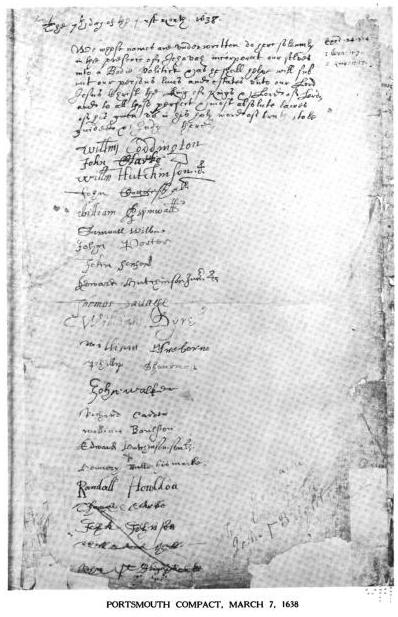
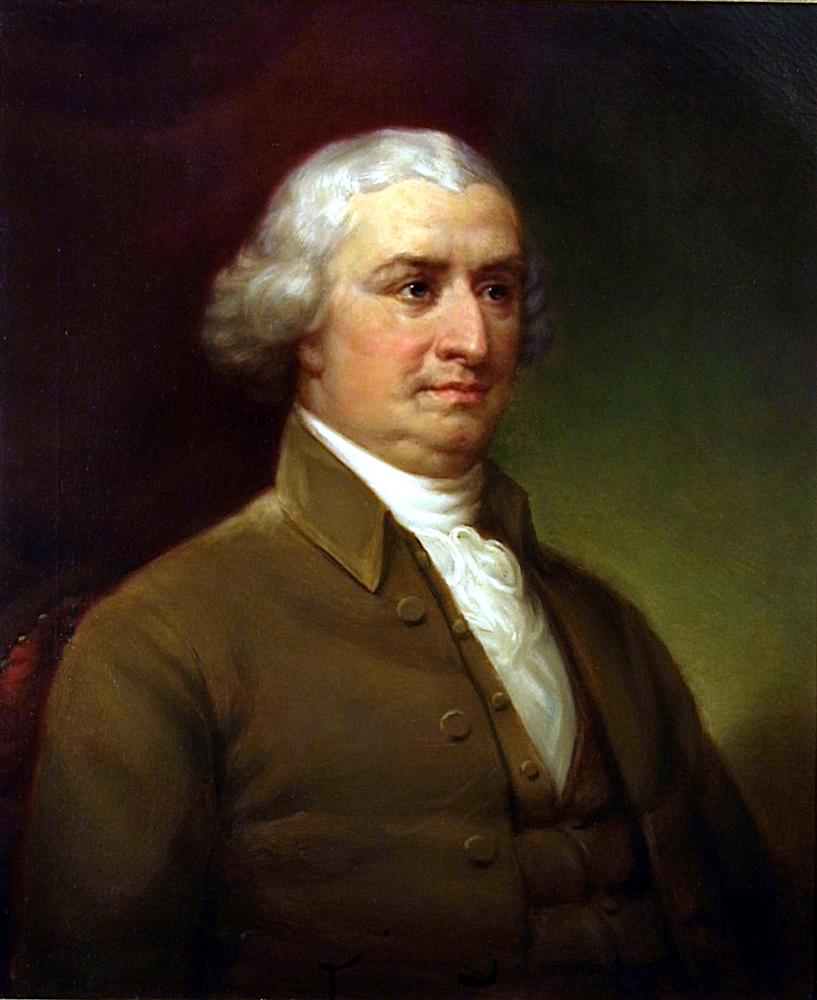
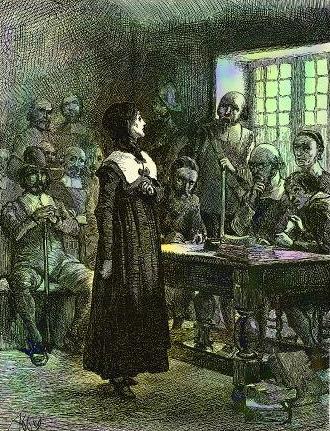

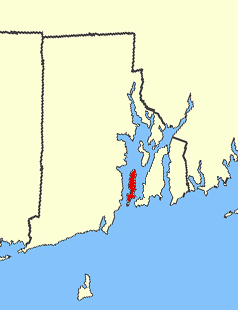
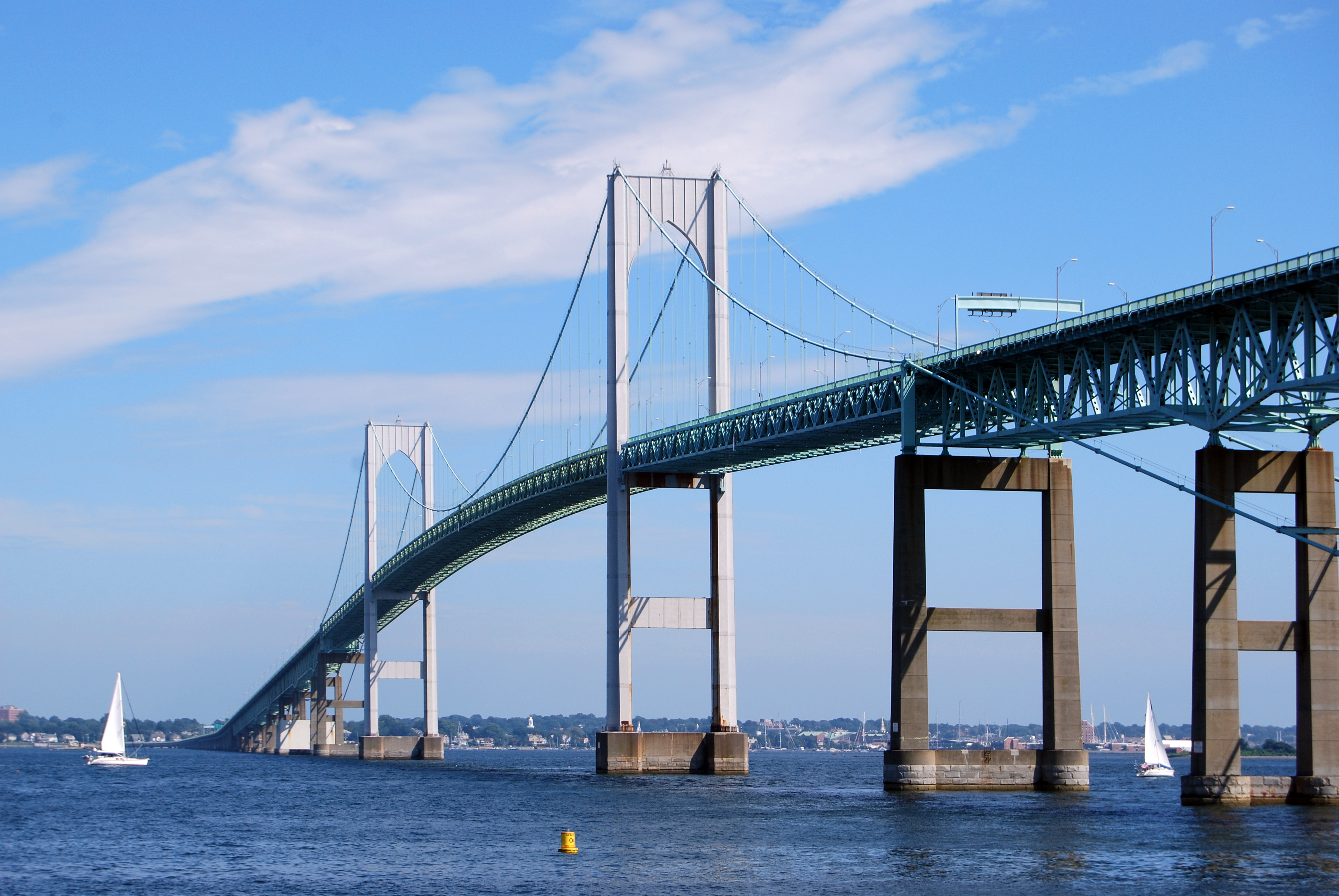
2009.jpg)
